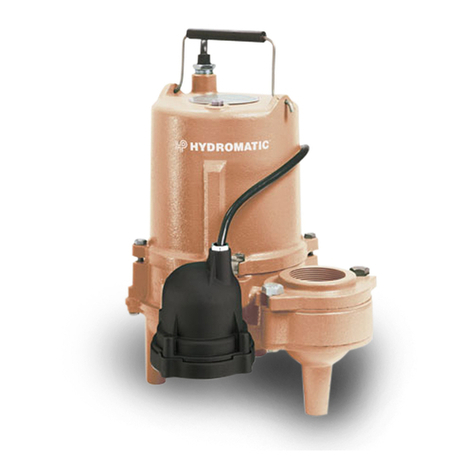Pentair Berkeley BVM Series User manual




















Other manuals for Berkeley BVM Series
2
This manual suits for next models
173
Table of contents
Other Pentair Water Pump manuals
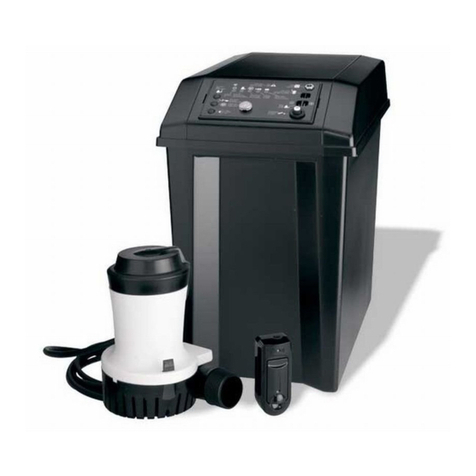
Pentair
Pentair Simer A5300 User manual
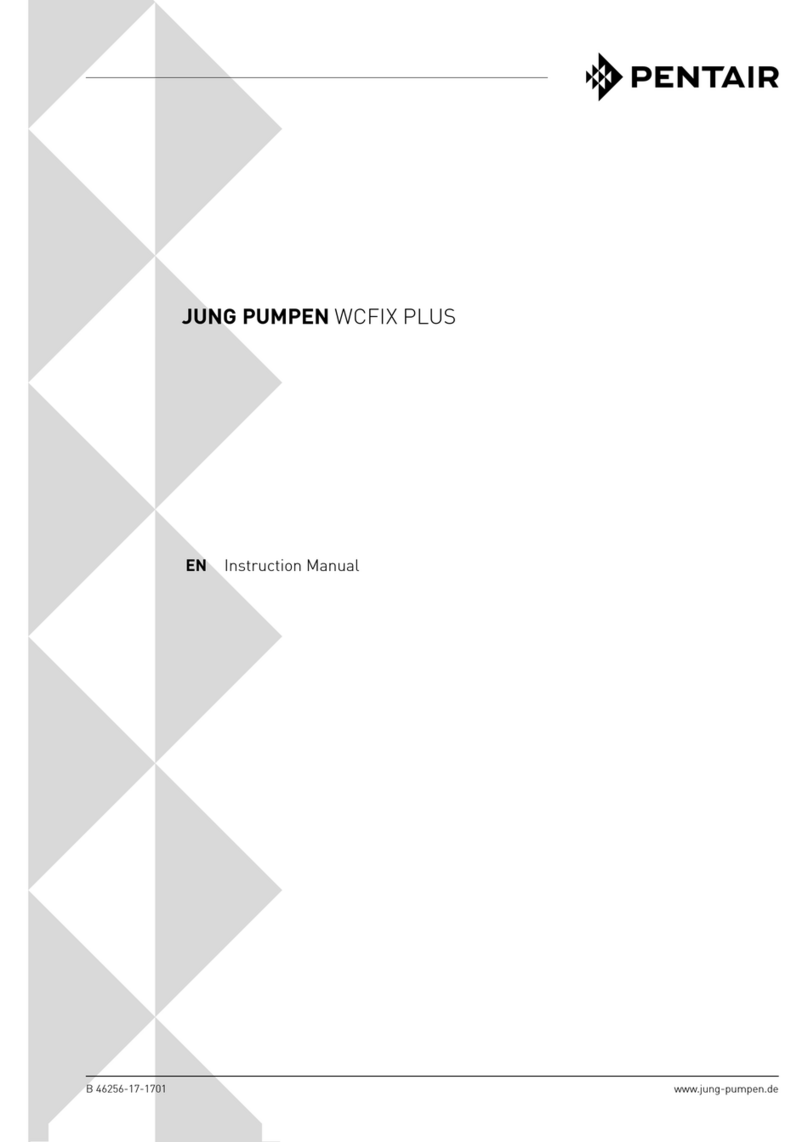
Pentair
Pentair WCFIX 260 User manual
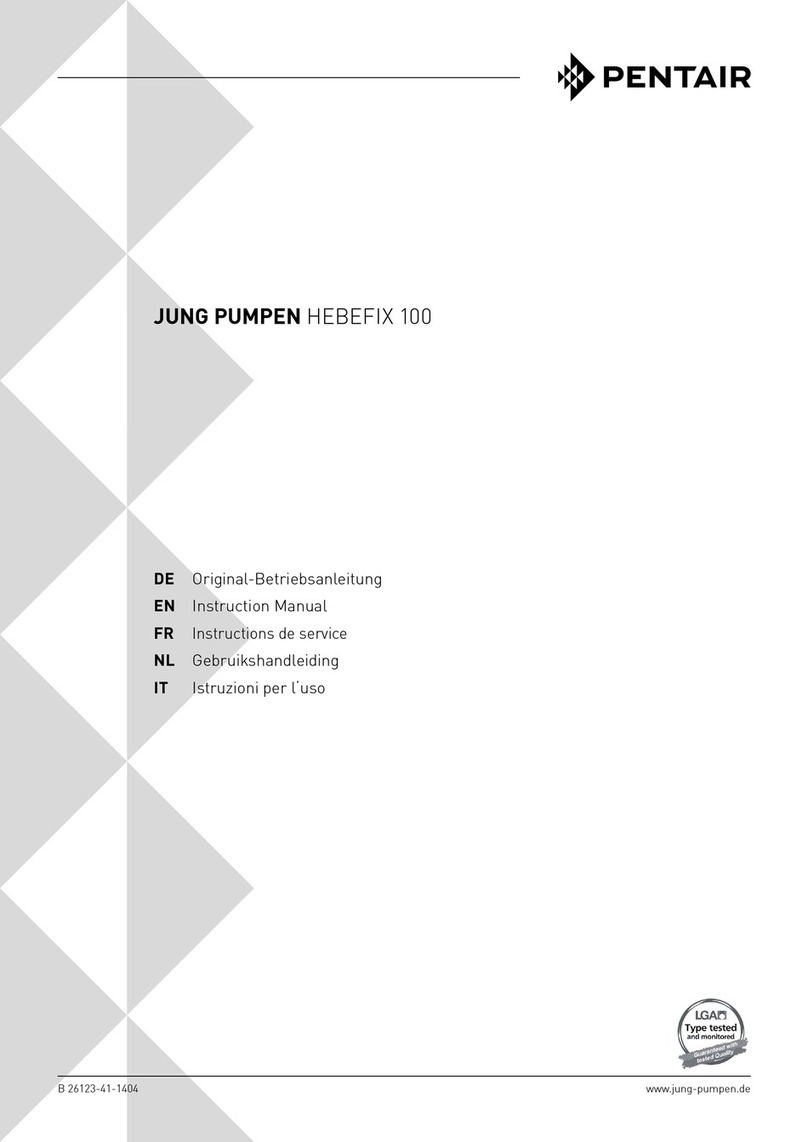
Pentair
Pentair JUNG PUMPEN HEBEFIX 100 User manual
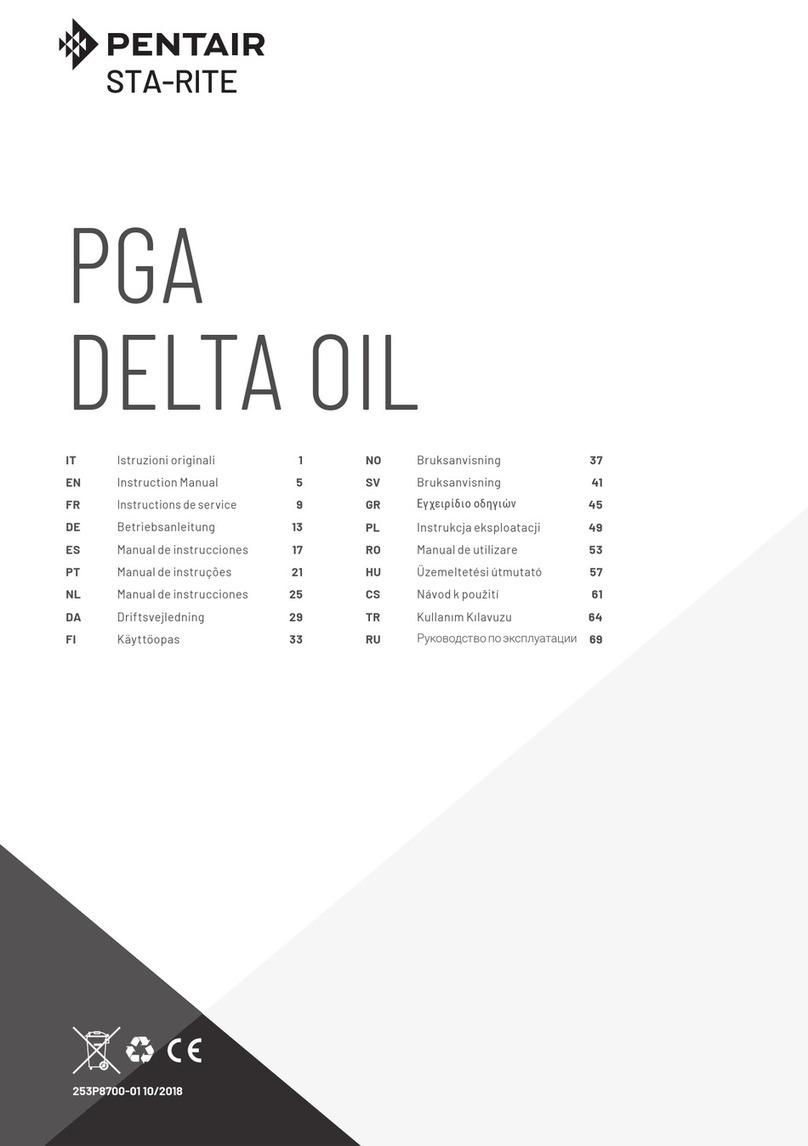
Pentair
Pentair PGA Series User manual

Pentair
Pentair AQUATIC ECO-SYSTEMS H3-PLUS Series User manual

Pentair
Pentair Flotec E75STVT User manual
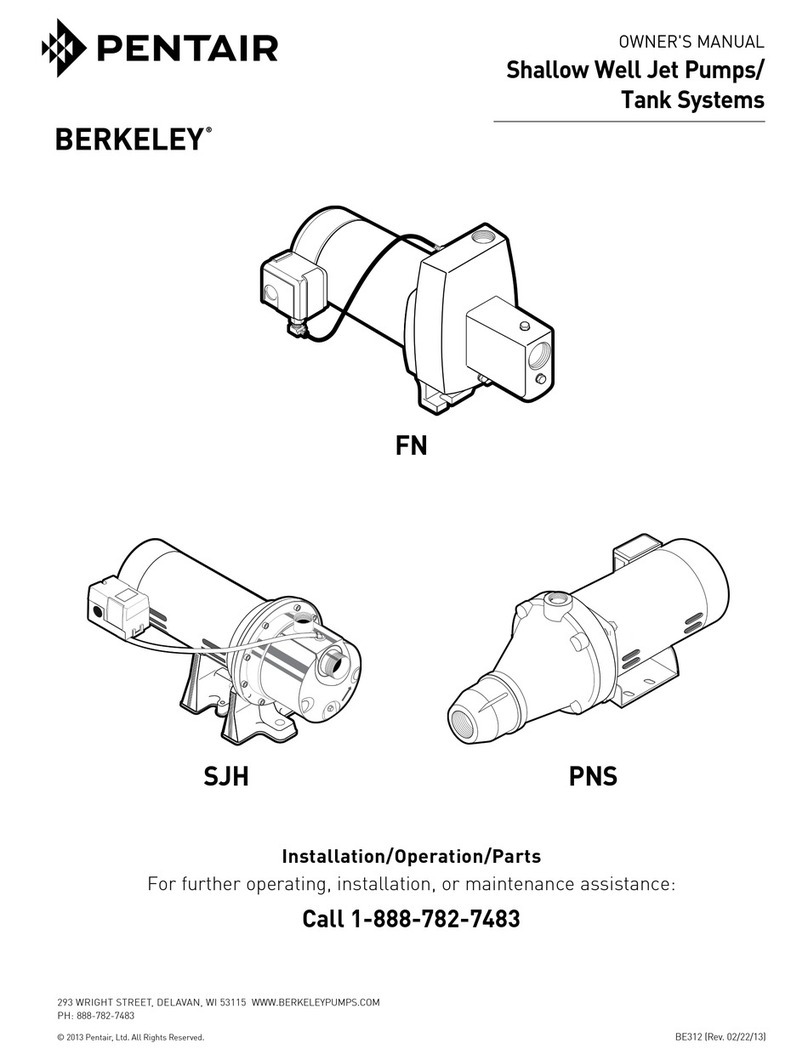
Pentair
Pentair BERKELEY FN Guide

Pentair
Pentair LA STA-RITE User manual
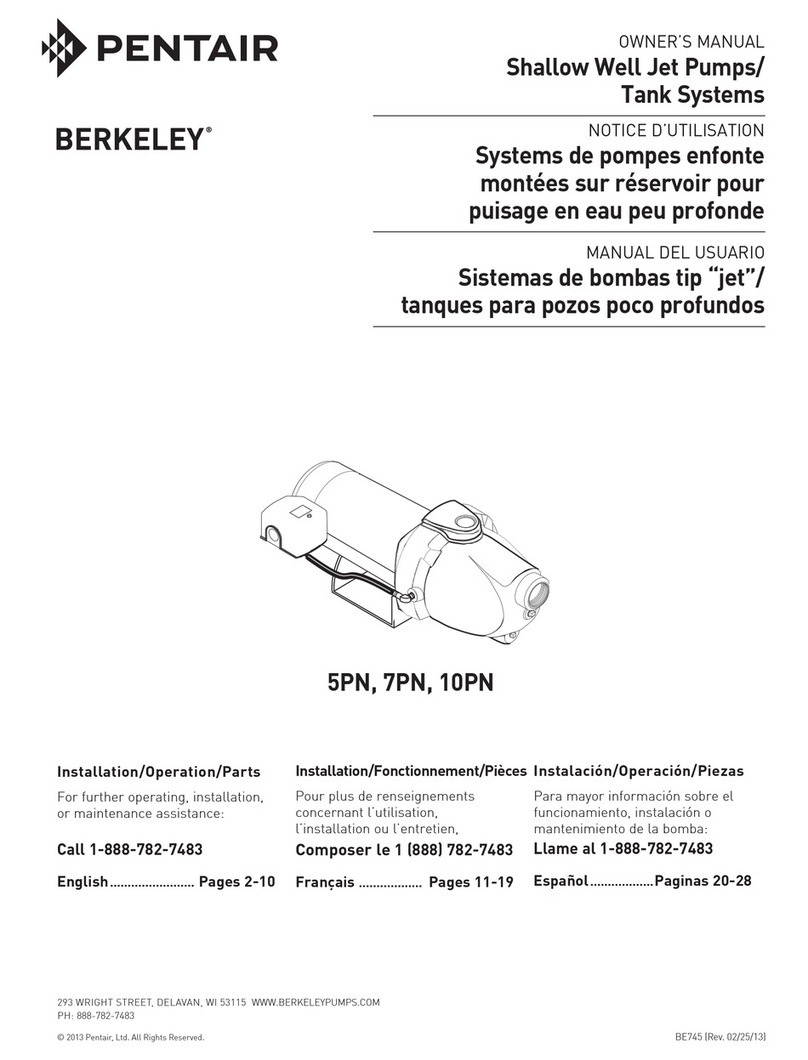
Pentair
Pentair BERKELEY 5PN User manual
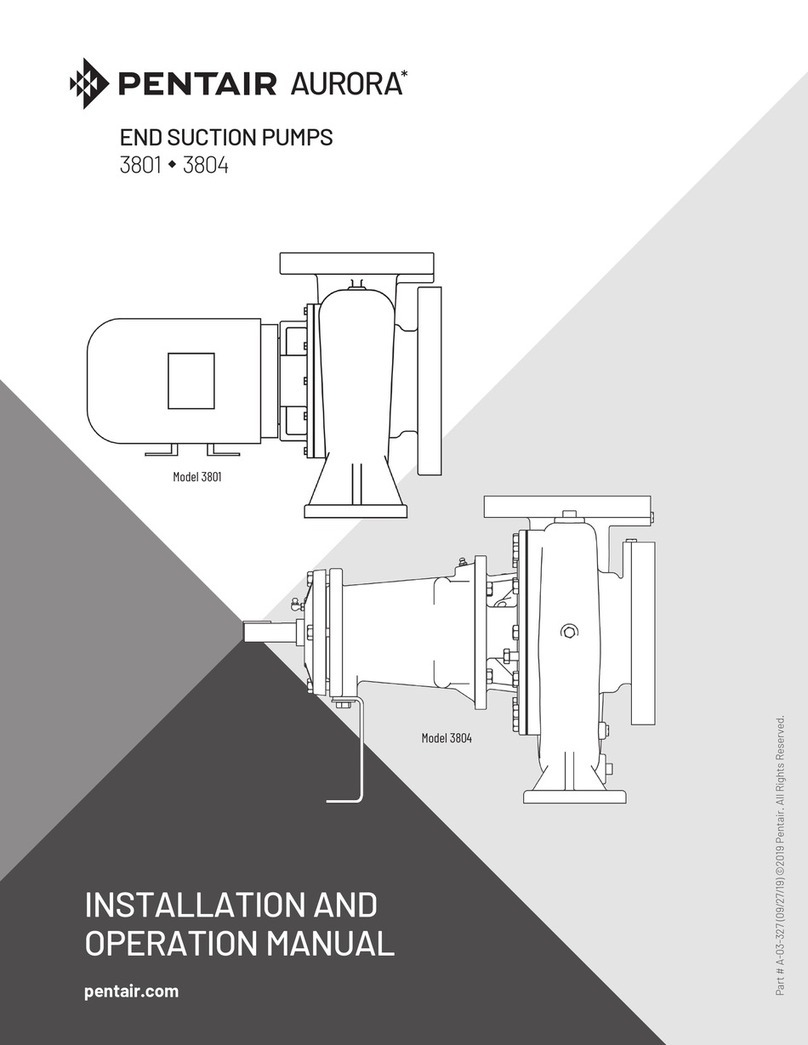
Pentair
Pentair AURORA 3801 User manual

Pentair
Pentair HYDROMATIC HPGB750 Manual

Pentair
Pentair Myers CPM Series Manual

Pentair
Pentair HYDROMATIC SPX50 Manual
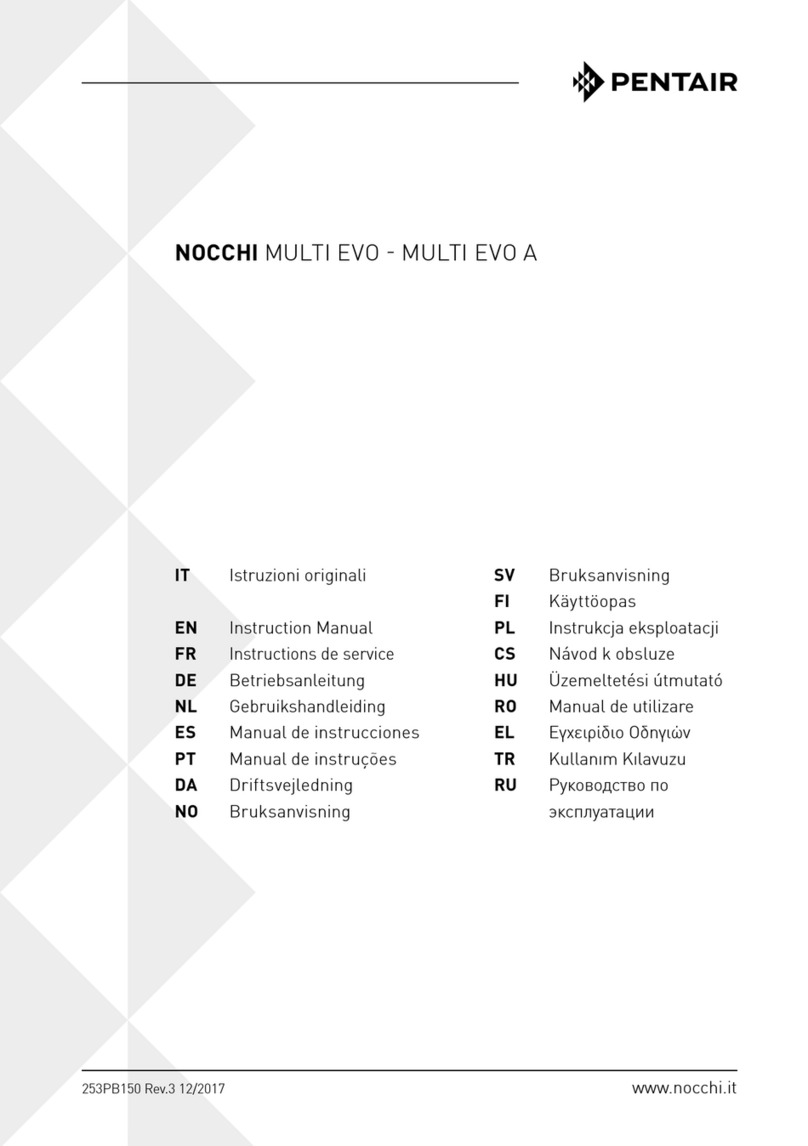
Pentair
Pentair Multi EVO Series User manual

Pentair
Pentair S50HTPC1 Guide
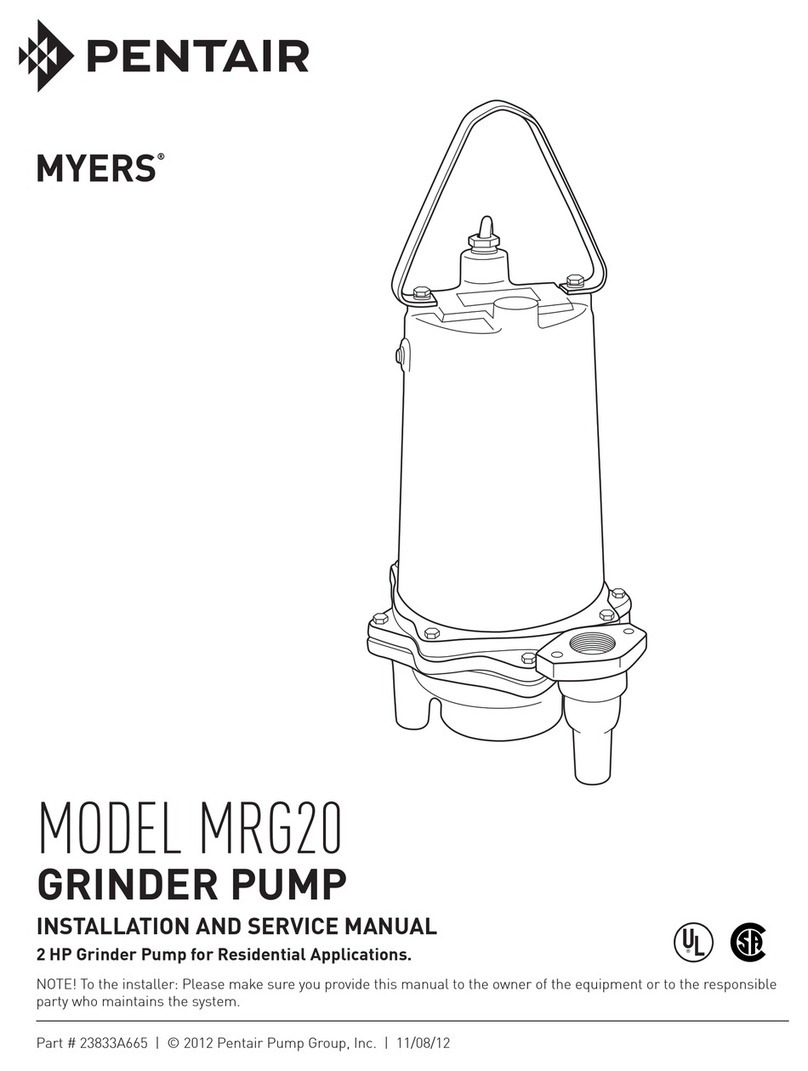
Pentair
Pentair Myers MRG20 Manual

Pentair
Pentair Myers VH30 Manual
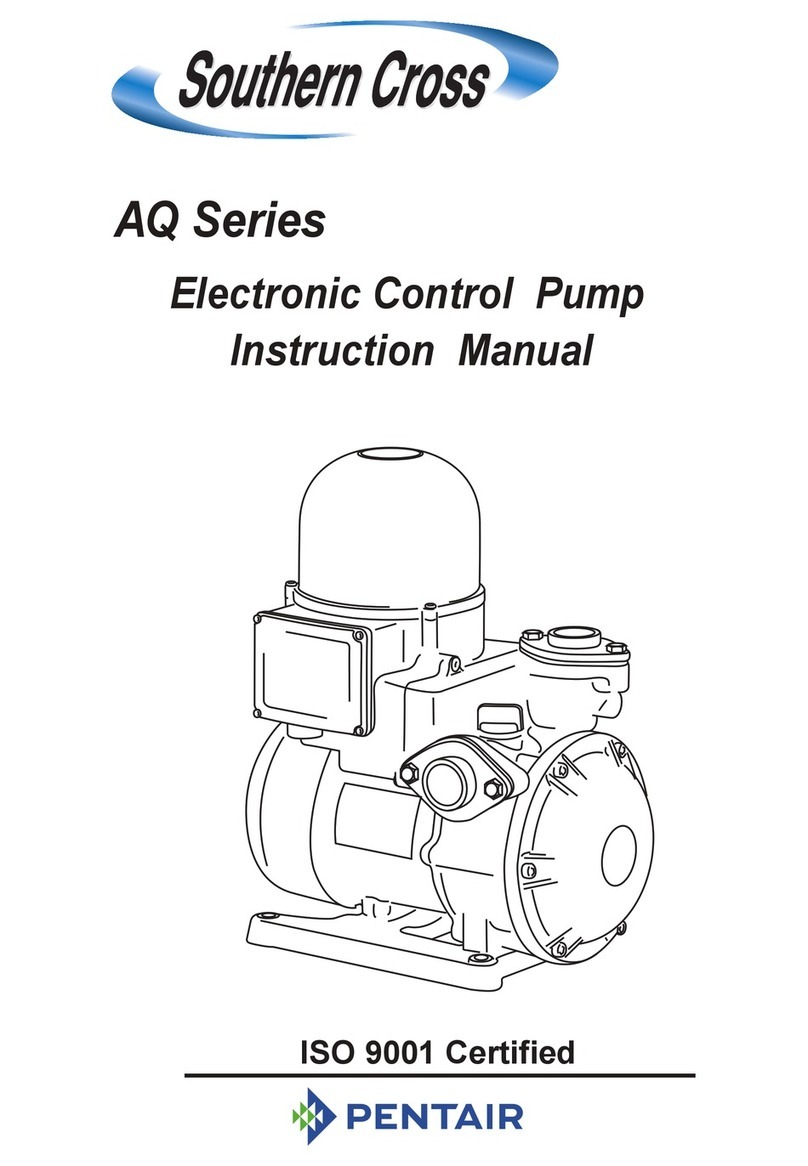
Pentair
Pentair AQ Series User manual
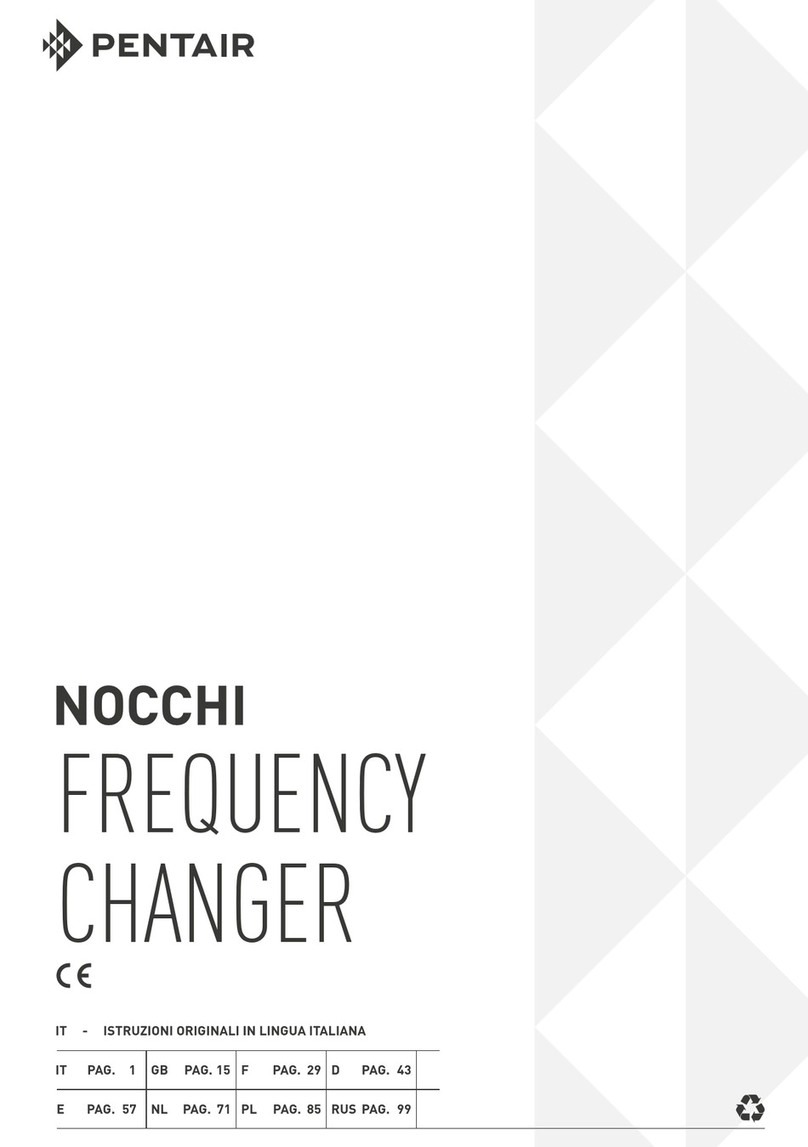
Pentair
Pentair NOCCHI FCD20 PVM 5-5 F User manual
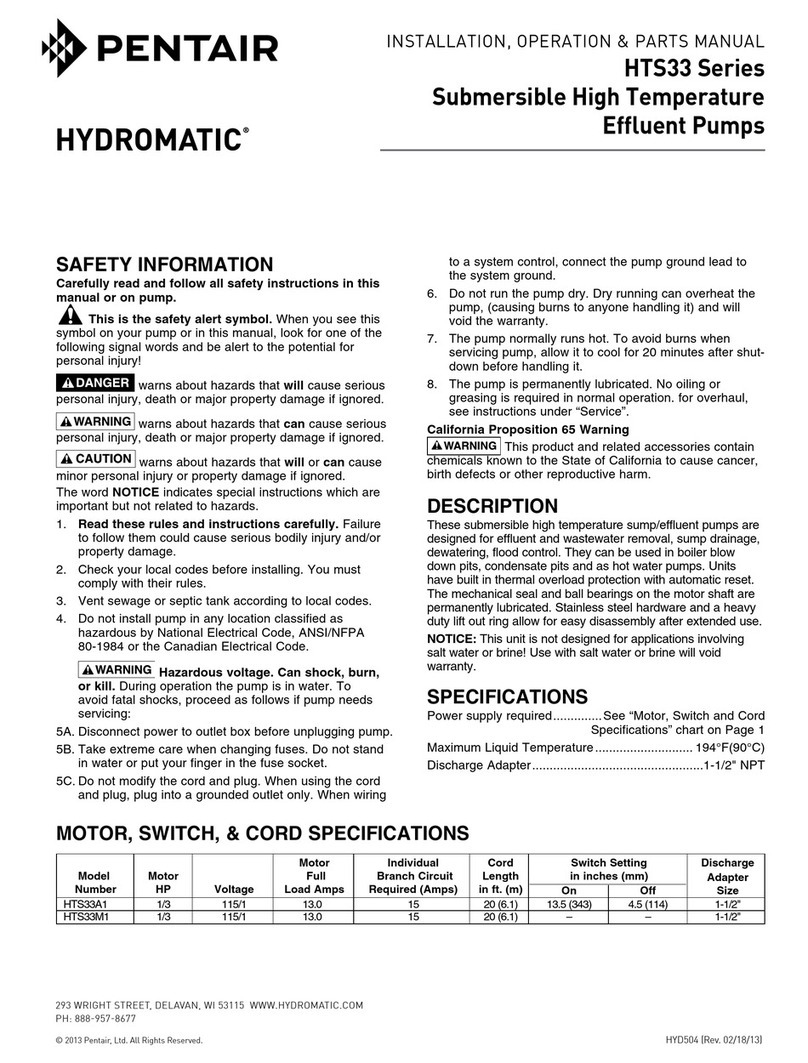
Pentair
Pentair HYDROMATIC HTS33M1 Guide
Popular Water Pump manuals by other brands
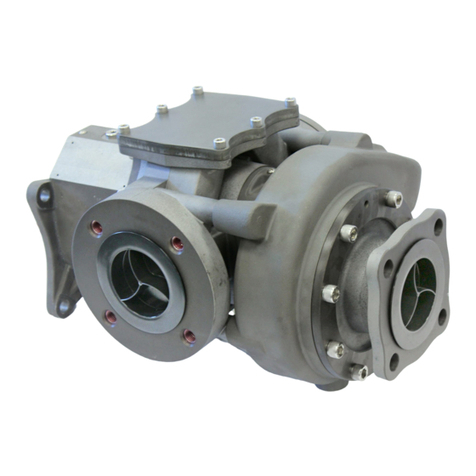
Liquiflo
Liquiflo FTS300 Series SAFETY, INSTALLATION, OPERATION AND MAINTENANCE INSTRUCTIONS

Grundfos
Grundfos SmartFlo Installation and operating instructions
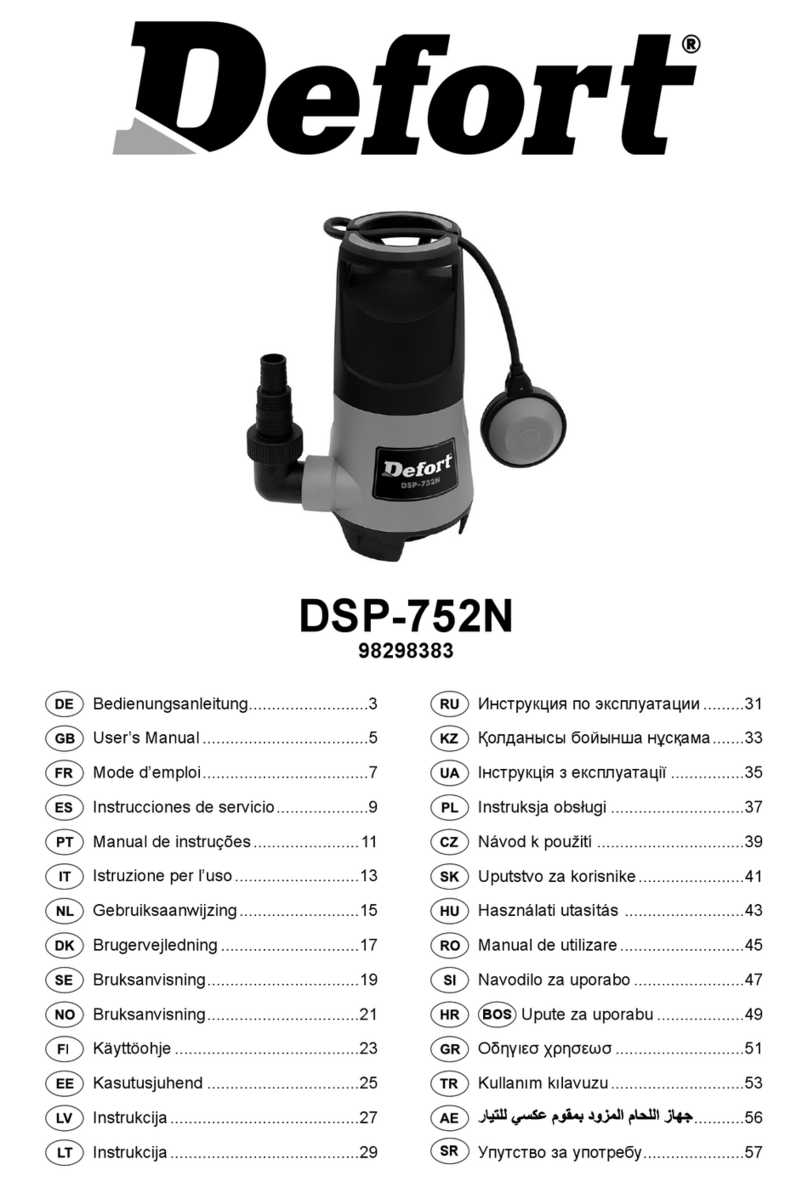
Defort
Defort DSP-752N user manual
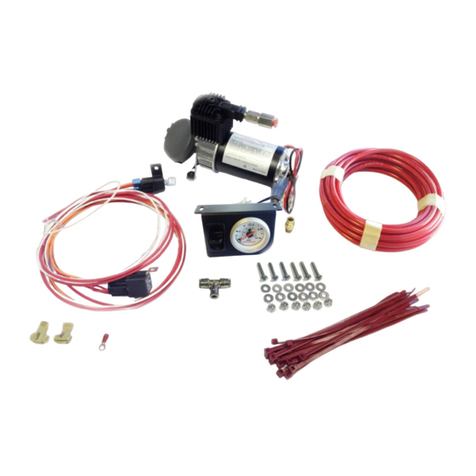
DRIVERITE
DRIVERITE DR.11.012236 installation instructions
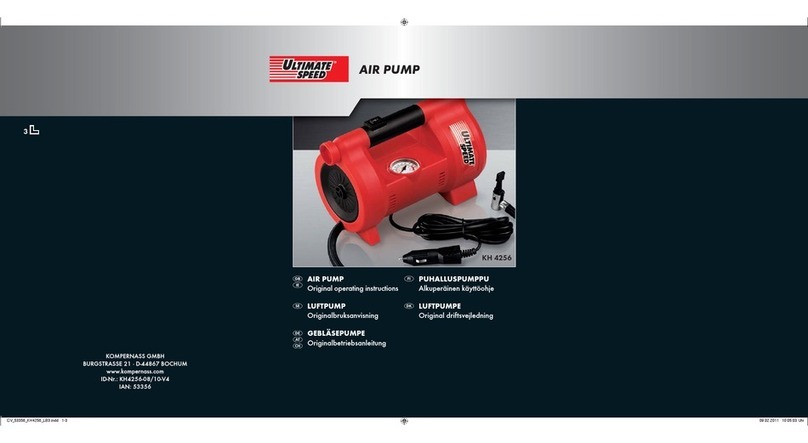
ULTIMATE SPEED
ULTIMATE SPEED KH 4256 AIR PUMP manual
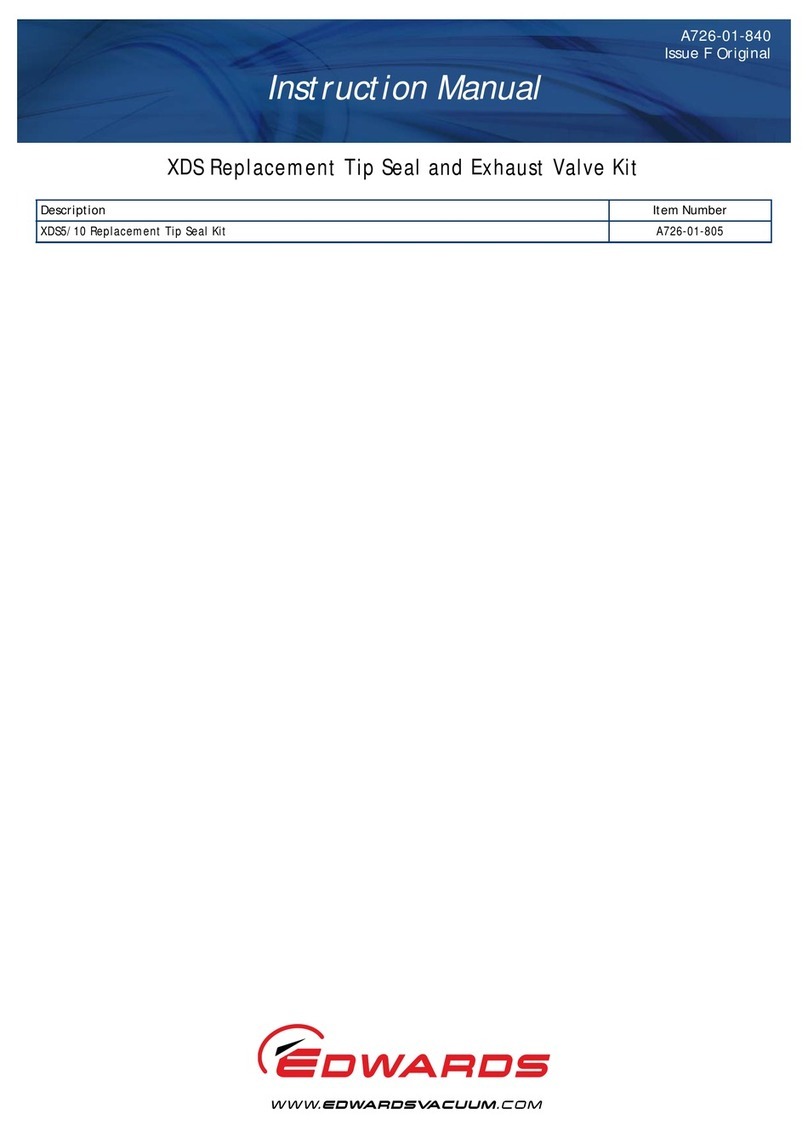
Edwards
Edwards A726-01-805 instruction manual

DROPSA
DROPSA 31070 Series User Operating and Maintenance Manual

Ingersoll-Rand
Ingersoll-Rand ARO PX05 Series Operator's manual

ITT
ITT Goulds Pumps G&L Series Installation, operation and maintenance instructions

Proeco
Proeco 1051 Assembly instructions

Server
Server TPV-L manual
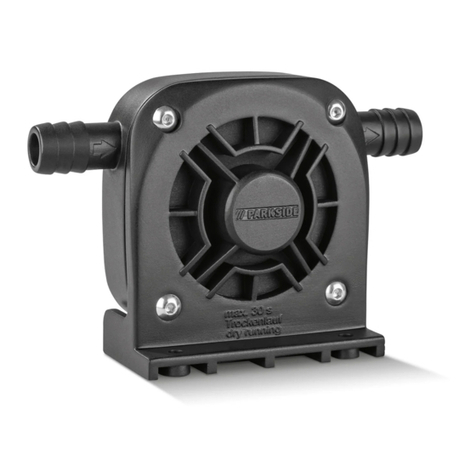
Parkside
Parkside PBZS 5 A1 Translation of the original instructions
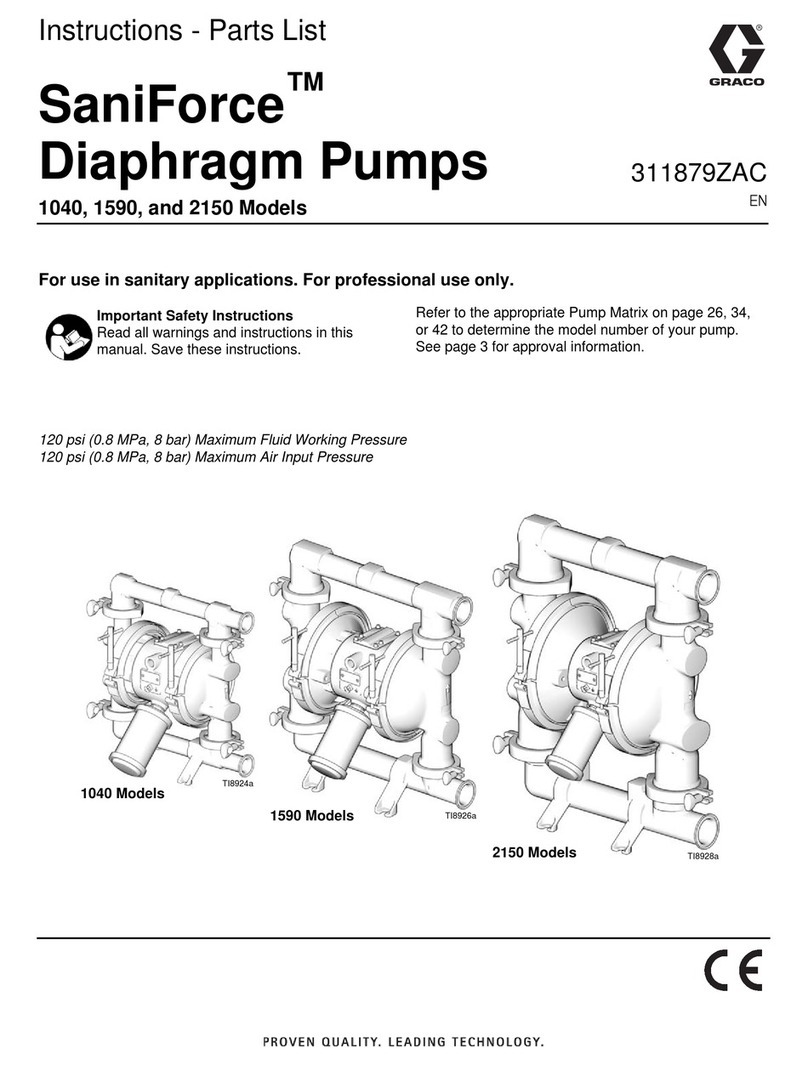
Graco
Graco Hydra-Clean 1040 instruction manual

True Source
True Source TS-S0X user manual
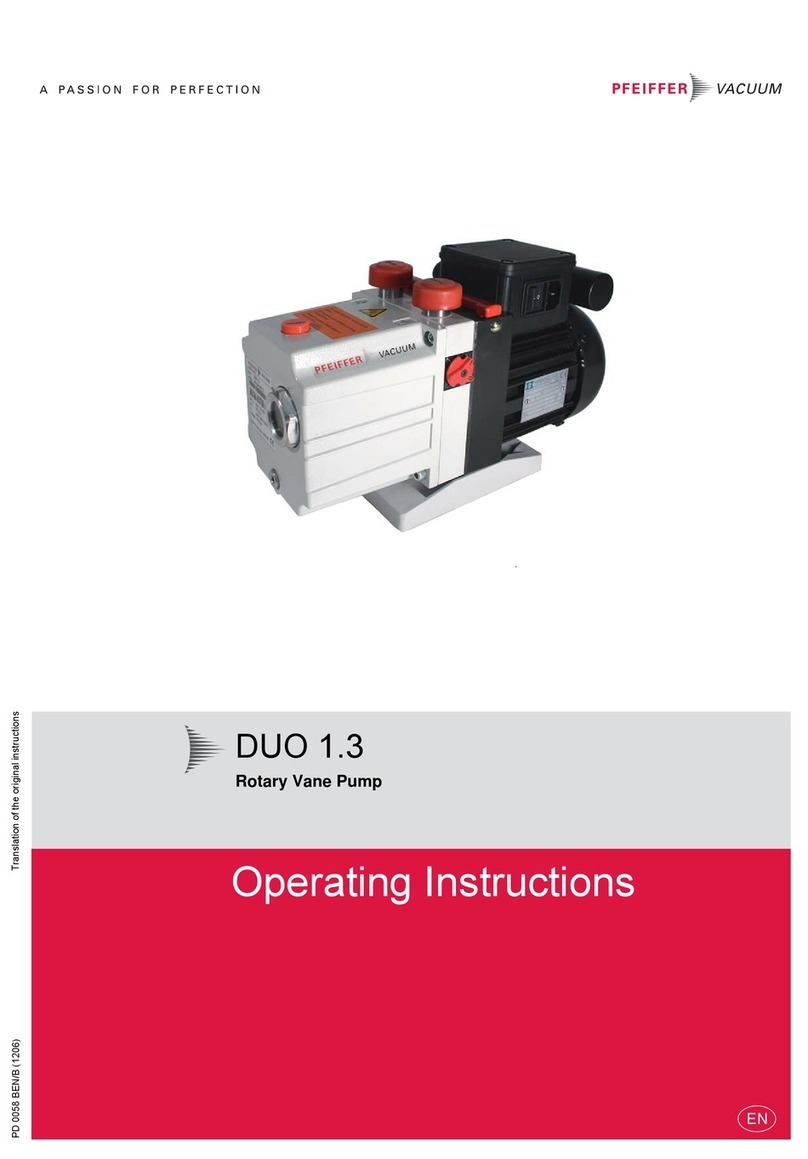
Pfeiffer Vacuum
Pfeiffer Vacuum DUO 1.3 operating instructions

Monarch
Monarch MIT Series owner's manual
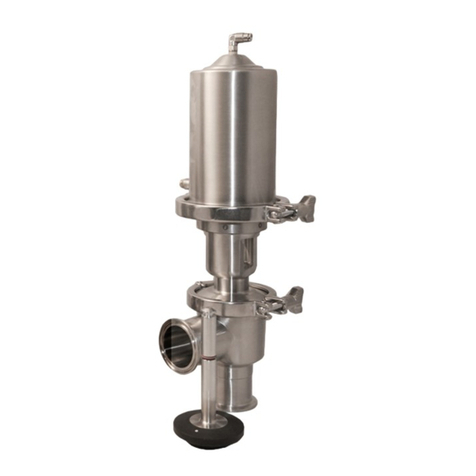
SPI
SPI VALVES SP160 Series Installation operation & maintenance
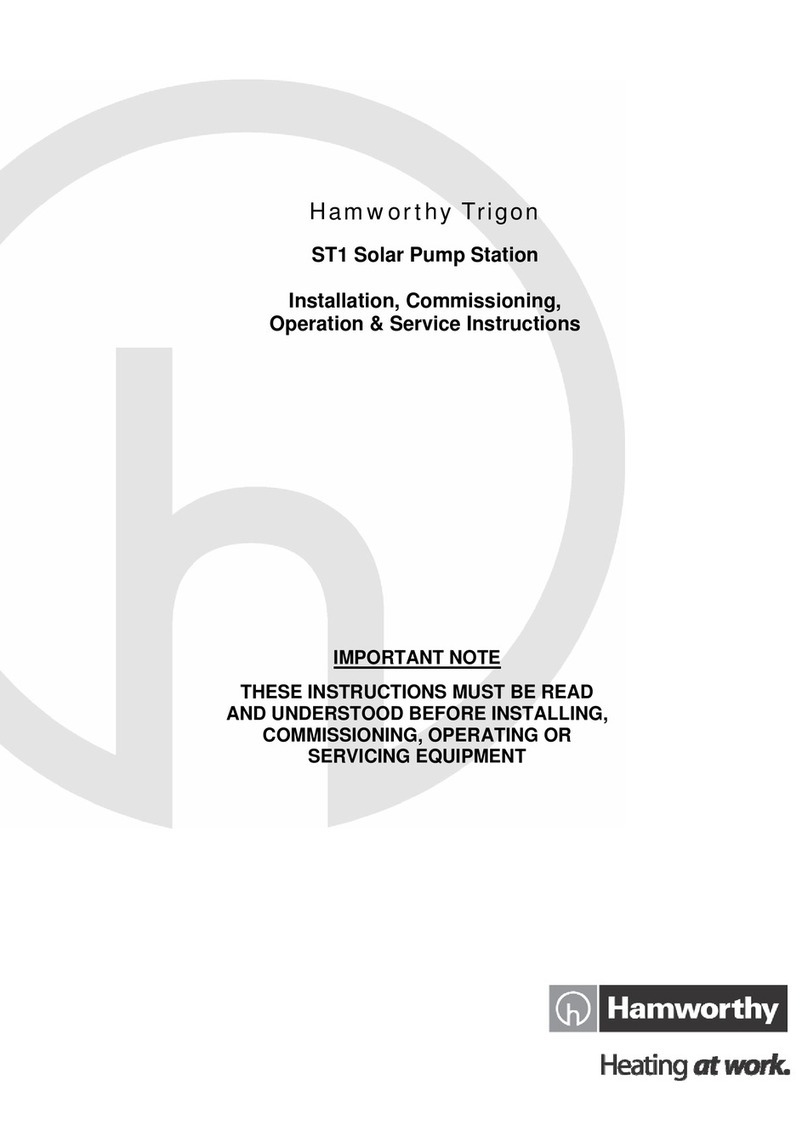
Hamworthy
Hamworthy Trigon ST1 Installation, Commissioning, Operation & Service Instructions


